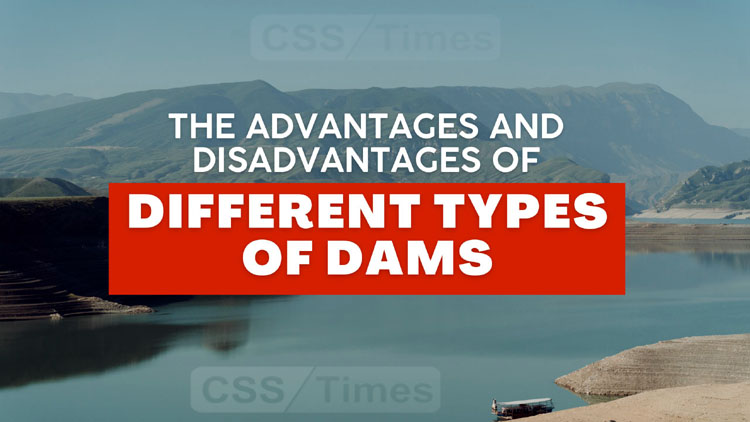The Advantages and Disadvantages of Different Types of Dams
Dams are structures built across rivers and streams to control and regulate the flow of water. They are essential in modern-day water management, providing a range of benefits from hydroelectric power generation to flood control. There are various types of dams, each with its own advantages and disadvantages. In this article, we’ll explore the different types of dams and their pros and cons.
Gravity Dams:
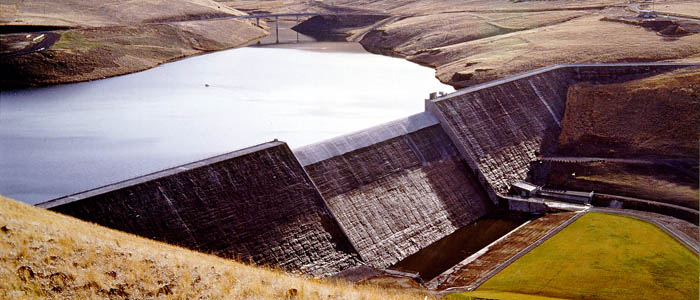
Gravity dams are the most common type of dam and are built from concrete or masonry. They rely on their weight and the force of gravity to hold back water. They are typically built in narrow canyons or gorges and can be as tall as 300 meters. Gravity dams are known for their stability and durability and can last for centuries.
Advantages:
- Gravity dams can withstand extreme weather conditions, including earthquakes and floods.
- They have a long lifespan, with many gravity dams still in operation after several decades.
- They require minimal maintenance and can be repaired easily.
- Gravity dams are effective for storing large amounts of water, which can be used for hydroelectric power generation or irrigation.
Disadvantages:
- Gravity dams require large amounts of concrete and are expensive to build.
- They can have a significant environmental impact, leading to the displacement of communities and damage to natural habitats.
- The construction of gravity dams can cause downstream erosion and sedimentation, affecting aquatic ecosystems.
- They can be vulnerable to overtopping during extreme weather conditions, leading to flooding.
Arch Dams:
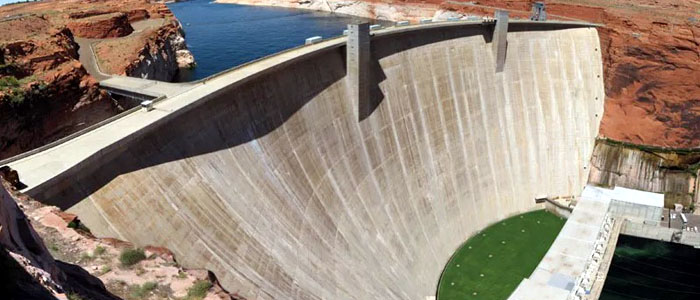
Arch dams are curved concrete structures that rely on their arch shape to resist the force of water. They are typically built in narrow canyons or gorges and can be as tall as 250 meters. Arch dams are known for their efficiency and stability, and they can be built at a lower cost compared to gravity dams.
Read also: The Shocking Assassinations That Shook the World
Advantages:
- Arch dams are more economical to build compared to gravity dams.
- They require less concrete and are therefore more environmentally friendly.
- They have a high load-carrying capacity and can withstand large amounts of water pressure.
- Arch dams are effective for storing water and generating hydroelectric power.
Disadvantages:
- Arch dams require a narrow canyon or gorge to be built, limiting their availability.
- They can be difficult to construct due to their complex shape.
- They are vulnerable to cracking and leakage, which can affect their stability.
- Arch dams can have a significant impact on the surrounding environment, including habitat destruction and displacement of communities.
Buttress Dams:
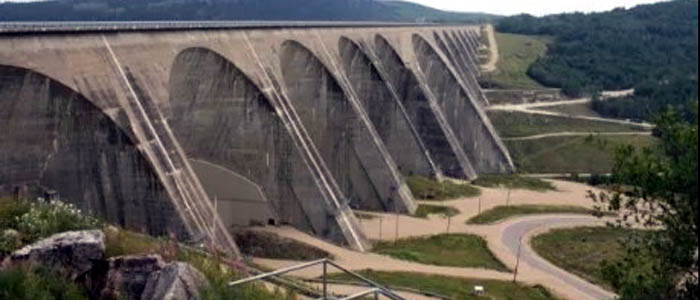
Buttress dams are built from concrete and are supported by a series of buttresses. They are typically built in wide valleys and can be as tall as 200 meters. Buttress dams are known for their strength and durability and are used extensively for hydroelectric power generation.
Advantages:
- Buttress dams require less concrete compared to gravity dams.
- They are more economical to build and maintain compared to other types of dams.
- Buttress dams are effective for storing large amounts of water and generating hydroelectric power.
- They can be built in wide valleys, making them more accessible than other types of dams.
Disadvantages:
- Buttress dams require a large amount of space and can have a significant impact on the environment.
- They are vulnerable to uplift forces and can require additional measures to prevent cracking and leakage.
- Buttress dams can be difficult to repair and maintain due to their complex structure.
- They can be vulnerable to overtopping during extreme weather conditions, leading to flooding.
Read also: Indo-Pak Water Vows: Implications and Way Forward
Embankment Dams:
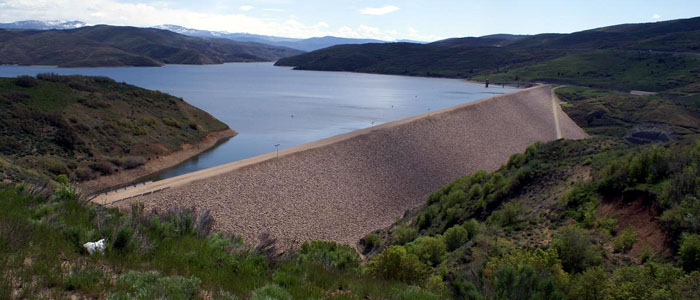
Embankment dams, also known as earthfill dams, are built from compacted soil and rock. They are typically used for flood control and can be as tall as 150 meters. Embankment dams are known for their low cost and minimal environmental impact.
Advantages:
- Embankment dams are cost-effective and require fewer materials than other types of dams.
- They have a low environmental impact and can blend in with the surrounding landscape.
- Embankment dams can be built quickly and can be easily modified if necessary.
- They are effective for flood control and can be used for irrigation and water supply.
Disadvantages:
- Embankment dams can be vulnerable to erosion and seepage, which can lead to stability issues.
- They require regular maintenance to prevent erosion and seepage, which can be costly.
- Embankment dams are not suitable for large storage requirements.
- They can have a limited lifespan compared to other types of dams.
Concrete Face Rockfill Dams:
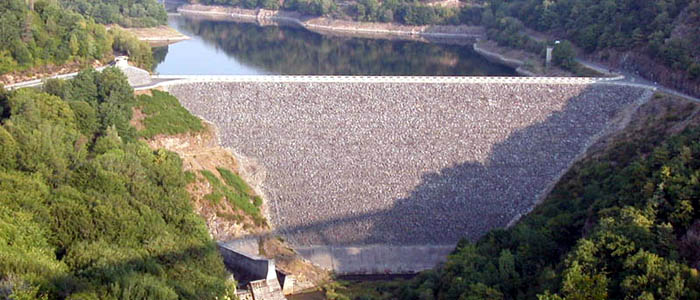
Concrete face rockfill dams are built from a combination of concrete and rockfill. They are typically used for hydroelectric power generation and can be as tall as 200 meters. Concrete face rockfill dams are known for their strength and durability.
Advantages:
- Concrete face rockfill dams are more cost-effective compared to other types of dams.
- They have a low environmental impact and can blend in with the surrounding landscape.
- They are effective for storing large amounts of water and generating hydroelectric power.
- Concrete face rockfill dams are less vulnerable to seepage and erosion compared to embankment dams.
Disadvantages:
- Concrete face rockfill dams require a significant amount of rockfill, which can be costly and difficult to transport.
- They are vulnerable to cracking and leakage, which can affect their stability.
- They can have a significant impact on the surrounding environment, including habitat destruction and displacement of communities.
- Concrete face rockfill dams are not suitable for narrow canyons or gorges.
In conclusion, each type of dam has its own advantages and disadvantages. Gravity dams are known for their stability and durability but can have a significant impact on the environment. Arch dams are more cost-effective compared to gravity dams but are vulnerable to cracking and leakage. Buttress dams require less concrete compared to gravity dams but can have a significant impact on the environment. Embankment dams are cost-effective and have a low environmental impact but require regular maintenance. Concrete face rockfill dams are more cost-effective compared to other types of dams but can have a significant impact on the environment. Ultimately, the choice of dam type depends on factors such as the available resources, the location, and the intended purpose of the dam.

